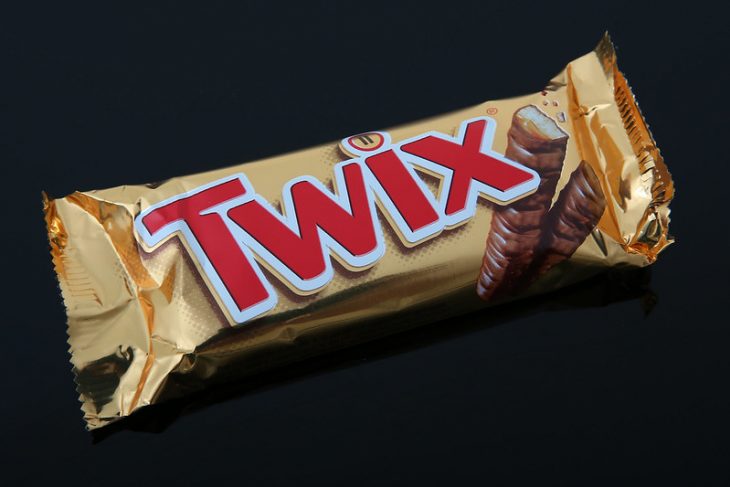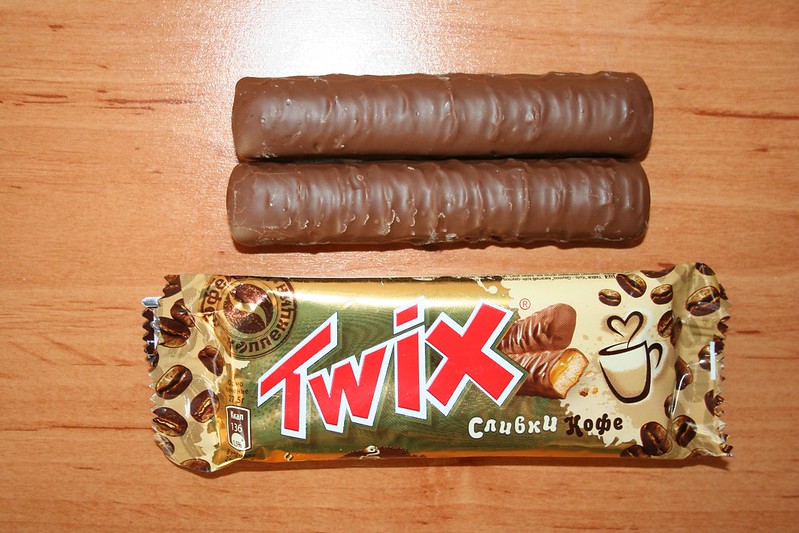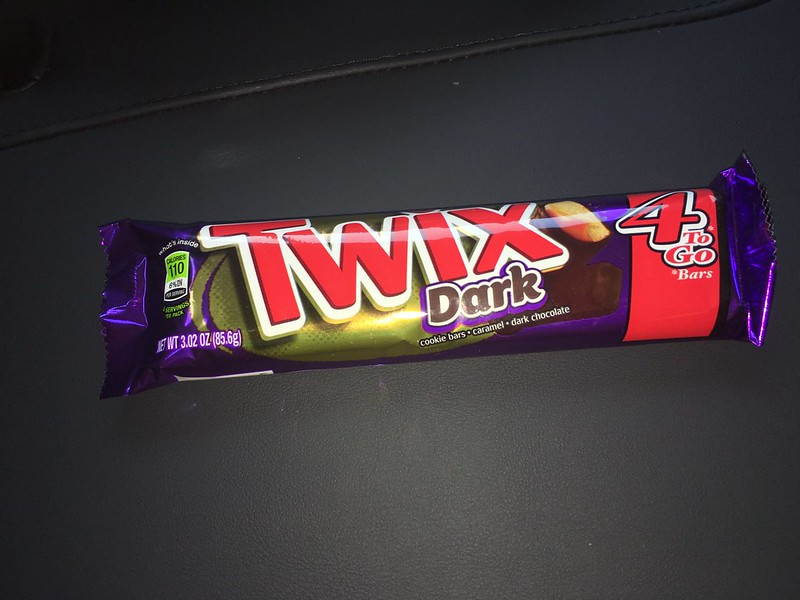
When it comes to satisfying a sweet tooth, few treats do it better than a Twix. This beloved candy bar, with its crunchy biscuit, smooth caramel, and rich milk chocolate, is a favorite among many. But have you ever wondered what exactly goes into a Twix? Let’s dive into 15 Twix nutrition facts and learn more about this decadent delight.
Calorie Content
A standard 50.7 g Twix bar (which contains two individual bars) provides approximately 250 calories. It’s important to keep this in mind when indulging, as these calories can add up quickly if you’re not careful.
Fat Content in Twix
A Twix bar contains about 12 grams of fat, of which 7.5 grams are saturated. This is about 37% of the recommended daily allowance (RDA) for saturated fat, based on a 2,000-calorie diet.
Sugar and Carbohydrates in Twix
Twix bars are high in sugar and carbs, as you might expect from a candy bar. A single serving contains 24 grams of sugar, which is approximately 48% of the RDA. It also contains 34 grams of carbohydrates, which is about 11% of the RDA.
Protein and Fiber in Twix
A Twix bar contains 2 grams of protein, so it is not a significant source of this nutrient. It also contains less than 1 gram of fiber.
Sodium in Twix
Twix bars contain 100 milligrams of sodium per serving, which is about 4% of the RDA.

Calcium and Iron in Twix
A Twix provides 2% of the RDA for both calcium and iron. These are not significant amounts, but they do contribute to your daily nutritional intake.
Twix Does Not Contain Trans Fats
One positive note is that Twix bars do not contain trans fats, which is considered particularly harmful to health. Trans fats are linked to an increased risk of heart disease and other health problems.
Twix and Allergens
Twix bars contain milk, soy, and wheat, which are common allergens. They’re also made in a facility that processes peanuts, meaning they may not be safe for individuals with a peanut allergy.
The Mini Twix
A mini Twix is a smaller version of the standard bar. It contains about half the calories, fat, and sugar. This could be a better choice if you are trying to control your intake of these nutrients.
The White Chocolate Twix
White Chocolate Twix bars replace the milk chocolate with white chocolate. They have a similar nutritional profile to the original, but the taste is quite different.
The Dark Chocolate Twix
Dark Chocolate Twix bars use dark chocolate instead of milk chocolate. These have slightly less sugar than the original, but the difference is not significant.

The Peanut Butter Twix
Peanut Butter Twix bars replace the caramel with peanut butter. They have slightly more protein than the original, but also more fat.
Twix and Palm Oil
Twix bars contain palm oil, a controversial ingredient due to the environmental impact it has. If you’re concerned about sustainable eating, this is something to consider.
Genetically Modified Organisms (GMOs)
Twix bars contain genetically modified organisms (GMOs), as indicated by the presence of ingredients like soy lecithin and corn syrup.
The Shelf Life of Twix
Twix bars have a long shelf life due to the type of ingredients used. However, for the best quality, they should be consumed by the “best before” date on the package.
Final Word
While the Twix bar is undeniably delicious, it’s also high in sugar, fat, and calories. Therefore, like any candy bar, it should be enjoyed in moderation as part of a balanced diet. Remember, it’s okay to treat yourself occasionally, but it’s also important to nourish your body with a variety of nutrient-rich foods. So next time you reach for a Twix, enjoy the moment, savor each bite, and remember the nutritional facts behind this sweet treat. With a mindful approach, you can satisfy your sweet tooth while still caring for your overall health.
Was this page helpful?
Our commitment to delivering trustworthy and engaging content is at the heart of what we do. Each fact on our site is contributed by real users like you, bringing a wealth of diverse insights and information. To ensure the highest standards of accuracy and reliability, our dedicated editors meticulously review each submission. This process guarantees that the facts we share are not only fascinating but also credible. Trust in our commitment to quality and authenticity as you explore and learn with us.
